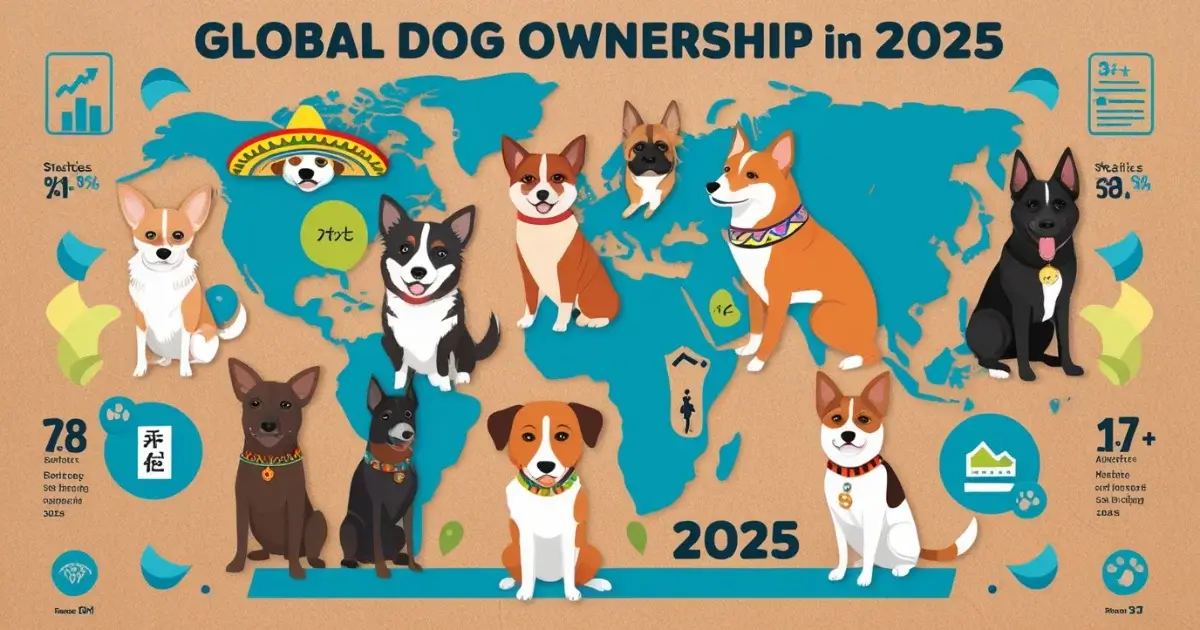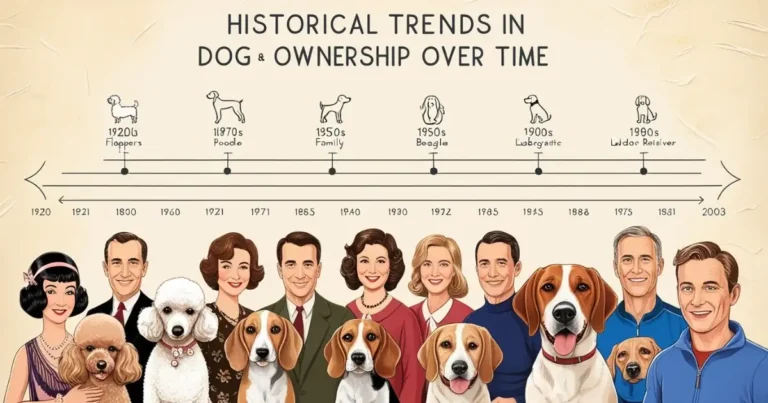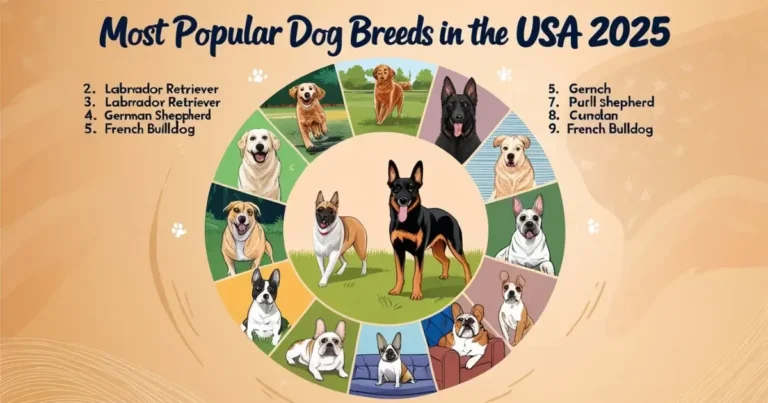Global Dog Ownership Trends 2025: Inspiring Insights Ahead
Dogs hold a special place in the lives of millions around the world. Their popularity continues to grow due to shifting lifestyles and increasing global awareness of animal welfare. From demographics to industry trends, understanding global dog ownership is vital to recognizing the bond between humans and their pets.
This article examines worldwide dog ownership trends, focusing on demographics, countries with the highest dog populations, and innovations in the dog care industry.
Table of Contents
Worldwide Dog Ownership Trends
Dog ownership is increasing worldwide, driven by various factors, including economic growth and changing lifestyles.

Increasing Pet Population
The global pet population has seen rapid growth in recent years. Emerging markets, in particular, are experiencing higher adoption rates as incomes rise and people embrace pets as part of their families.
The pet care industry reflects this surge. Its value is expected to grow from $207.6 billion in 2024 to an estimated $368.88 billion by 2030. This growth is fueled by increased spending on premium products and services for dogs.
| Year | Pet Care Industry Value |
| 2024 | $207.6 billion |
| 2030 (projected) | $368.88 billion |
Multi-Pet Households
Younger generations are adopting more pets than ever. A study reveals that 57% of pet owners aged 18-24 have more than one pet, with dogs being the most preferred.
This trend highlights the importance of convenience and affordability. Younger owners often seek bundled pet care packages and lifestyle services to manage their multi-pet households efficiently.
Countries with the Highest Dog Populations
Certain countries lead in dog ownership, showing strong cultural and economic ties to pet care.
Top Countries in Dog Ownership
Latin America has the highest rates of dog ownership. Argentina tops the list, with 66% of households owning dogs. Mexico follows with 64%, while Brazil reports 58%.
The United States ranks high, with 50% of households owning dogs. In Europe, Italy has notable ownership rates at 39%. On the other hand, some regions in Asia, such as Hong Kong, have lower ownership levels, with only 14% of households owning dogs.
Ownership Per Capita
The global average of dog population worldwide stands at 130 dogs per 1,000 people. Developed nations often report higher ownership per capita due to greater resources and cultural integration of pets.
In contrast, developing regions are experiencing steady growth in ownership rates as pet care becomes more accessible. These differences showcase the varied dynamics of dog ownership across the globe.
Demographics of Dog Ownership
Demographic trends reveal who owns dogs and how lifestyles influence ownership patterns.
Age and Lifestyle Factors
Younger generations, such as Millennials and Gen Z, prioritize owning dogs that align with their active lifestyles. Dogs provide companionship and motivate physical activity, making them ideal for younger, health-conscious individuals.
Older generations, however, often value the emotional stability dogs offer. For retirees and seniors, dogs are trusted companions that provide comfort and a sense of purpose.
Cultural Influences on Dog Ownership
Cultural attitudes play a key role in shaping dog ownership demographics.
- United States: Dogs are treated as family members, with significant spending on wellness, grooming, and premium services.
- Rural Asia and Africa: Dogs are often seen as working animals, assisting in tasks like guarding homes or herding livestock.
These variations emphasize the importance of cultural context in dog care and ownership practices.
Trends Shaping the Dog Care Industry
The growing popularity of global dog ownership has transformed the pet care industry. Innovations and premium services are driving the sector forward.

Premiumization and Humanization
Owners are increasingly choosing natural and grain-free pet food. In the United States, these products account for 58% of the specialty market, reflecting a strong demand for healthier options.
Services like wellness programs, dog spas, and customized diets are gaining traction. These trends demonstrate how owners are willing to invest more to ensure their pets’ well-being.
Innovative Pet Services
Urbanization has led to creative solutions for dog care.
- Dog-walking apps provide convenience for busy owners.
- Pet-friendly travel services cater to those who want to take their pets on vacations.
- Small dog breeds are becoming popular in cities, boosting demand for compact products and seasonal items designed for them.
Impact of Technology in Pet Ownership
Technology has revolutionized pet care. Smart feeders, GPS trackers, and health monitoring apps simplify pet management while enhancing safety.
Globally, these tools are helping owners care for their pets more effectively and efficiently. The integration of technology into pet care ensures that owners can provide high-quality attention and support to their dogs.
Conclusion
The future of global dog ownership is filled with opportunities. From increasing ownership rates to advanced care solutions, the trends discussed here highlight the growing importance of dogs in human lives.
Whether through better food, innovative services, or personalized technology, owners are finding new ways to celebrate their connection with dogs. By embracing these trends, individuals and businesses alike can contribute to a future where dogs are not just pets but cherished companions.
FAQs
Which countries lead in dog ownership per capita?
Countries like Argentina, Mexico, and Brazil have the highest ownership per capita, with over half of households owning dogs. These nations share strong cultural and emotional ties to pet ownership.
How does dog ownership differ by age group?
Younger generations, such as Millennials, value dogs for their active lifestyles, while older individuals appreciate the companionship dogs offer. This highlights a diverse approach to dog ownership demographics globally.
What is the impact of urban living on dog population worldwide?
Urbanization has increased demand for small dog breeds and innovative services like dog-walking apps and compact pet care solutions. This shift reflects the adaptability of dog population worldwide to city living.
How is technology shaping trends in global dog ownership?
Smart devices, like GPS trackers and automated feeders, are revolutionizing care. These innovations ensure convenience and safety, enhancing the experience of global dog ownership.







